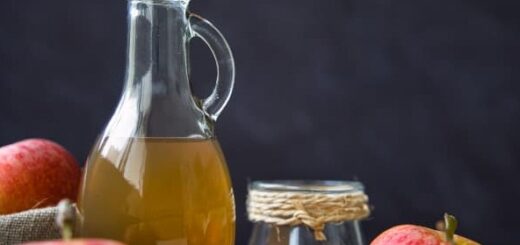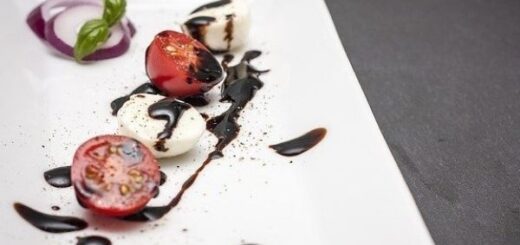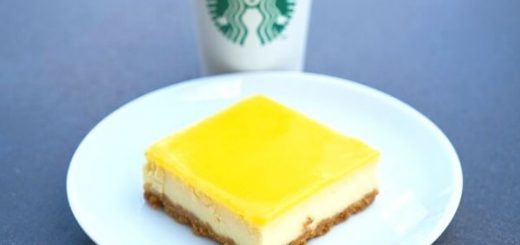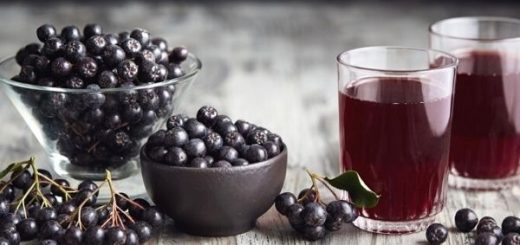How many types of sea snails are there?

You have probably already heard of sea snails , a delicious dish with a slightly spicy taste. But how well do you know these molluscs?
In this article we will see different types of sea snails , with different characteristics, shapes, colors and habitats. First, however, let’s find out something more about these cute little seafood.
What are sea snails
Sea snails are molluscs belonging, together with land snails, to the Gastropod class . These molluscs inhabit coastal areas, particularly preferring sandy seabeds at a depth generally not exceeding 20 metres. Their shape is particularly similar to that of land snails: the body is protected by a shell to which it is joined by a foot , used to move.
The diet of sea snails is generally based on algae or small marine animals, caught by the mollusk thanks to its raspous tongue .
Sea snails are naturally rich in proteins and mineral salts such as potassium, sodium and iron. The calorie content is rather low and carbohydrates and fats are almost absent. Despite these excellent nutritional properties, it is better not to overdo it when eating sea snails as digestion is not the easiest. In general, as an indicative quantity, it is recommended not to exceed 250 g per portion (including the shell).
They can be used to prepare numerous recipes : they are excellent seasoned with oil and lemon, with sauce, with garlic and parsley, combined with fish soups or as an addition to fresh salads. But be careful: sea snails cannot be consumed raw, as they are a food with a very high risk of viral contamination.
Sea snails have a delicate and slightly spicy taste . If you want to try quality and delicious sea snails, try the ones marketed by Nieddittas . Our company places great emphasis on the quality and food safety of its products, always guaranteeing healthy and reliable food.
The different types of sea snails
There are different species of snails and sea snails , edible and non-edible. The best-known snail is certainly the Nassarius mutabilis , 2 to 5 cm long and equipped with a smooth shell tending towards brownish yellow. Other very common types of sea snails are:
- Hexaplex trunculus: with a rough surface and a length of up to 8 cm, this snail is also known as the truncated muryx . The shell has streaks of color tending towards grey, orange, green, purple and light yellow. The shape of the shell is particular and easily recognisable: robust, with an elongated and spiral shape equipped with tubercles.
- Littorina neritoides: these little snails are also called Maruzziella . It is quite small (generally just over 1 cm and never more than 3). The dark gray spiral shell is characterized by the fact that the last whorl covers almost 80% of the overall height of the mollusc. This little snail is able to survive out of the water for even a few months.
- Haustellum brandaris: called Murice , this snail has a characteristic rather large shell, from 6 to 8 cm. The color of the shell tends to yellow-brown and has a shape similar to the truncated muryx , but elongated at the end of the siphon and the tubenacles are sometimes larger in size.
In addition to these particularly well-known sea snails, there are also some less well-known species with a very particular appearance . Here are some examples:
- Natica seychellium,the Moon Snail : of considerable size, the moon snail is a predator found on the ocean floor. Equipped with a particularly strong foot, this snail is capable of feeding on clams and other molluscs, which it suffocates with its foot and then consumes them whole.
- The Sea Butterfly: this small snail, in the depths of the sea , has an incredible and unique appearance. If you’ve never seen one, look for a photo immediately! With a transparent shell , the name of this mollusk is due to the two lateral lobes that it uses as wings (or fins) to swim among the sea currents.
- Janthina janthina, the Purple Sea Snail : finally we conclude with the purple snail, another surprising-looking creature. As the name suggests, this mollusc is characterized by having a bright purple shell. They are found in the ocean, where they even manage to rise to the surface and float thanks to the air bubbles they secrete.











